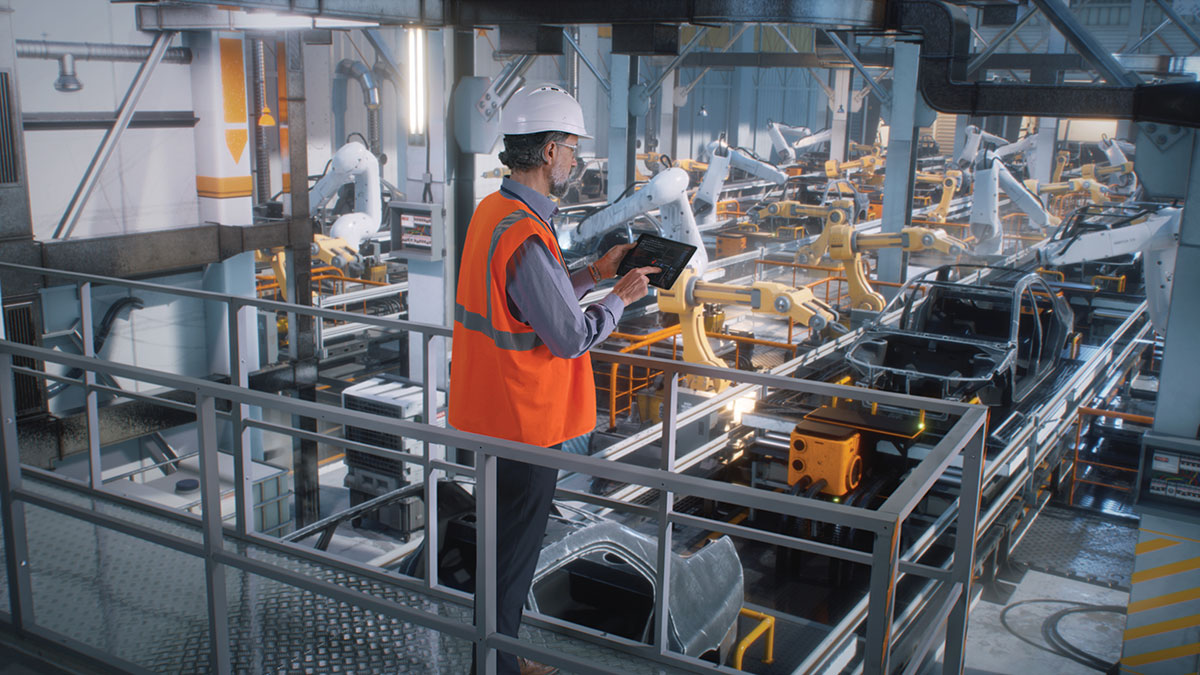Question: Motor-operated door systems
Other than the typical fire and shock hazards, are there other safety concerns with motor-operated door systems that are commonly used for security in stores such as on pharmacy service counters?
Answer
Yes. Motor-operated door systems are listed under the category Door, Drapery, Gate Louver and Window Operators and Systems, (FDDR), located on page 224 of the 2004 General Information on Electrical Equipment Directory (The White Book). The standard is UL Standard for Safety for Door, Drapery, Gate, Louver, and Window Operators and Systems, UL 325. In these cases, the service counter doors exert a driving force in the closing direction, which can be either in the vertical downward direction or in a horizontal direction. When in operation, this movement increases the risk of injury when an object is caught or held in the path of the closing door. An example would be a person trying to reach under the door as it is closing. Another example of an obstacle in the doorway may be the customer privacy dividers when they are left in the direct path of the closing door.
In a majority of these applications with unlisted door systems, such as the pharmacy service counter door system, there is no entrapment protection provided as part of the assembly. This is situation and concern may not be readily obvious from a basic visual inspection and can be overlooked by the authority having jurisdiction.
The key elements in an entrapment prevention system include:
- The type of door control switch
- Primary entrapment protection
- Secondary entrapment protection
- Travel force and speed of the closing door
The door control switches are required to be of the momentary type. If they are a toggle type (rather than a pushbutton type), they are to have three positions: momentary on, return to center, and off.
Primary entrapment protection is typically provided by feedback sensors installed in the motor circuit that causes the door to reverse direction when an object is sensed in the doors’ travel path. This protection system is internal to the door motor system and is therefore provided by the manufacturer.
Secondary entrapment protection, such as a photoelectric sensor that, when the beam is broken, causes the door to reverse direction when an object is sensed in the door’s travel path.
Travel speed of the door during the opening and closing motion is a factor that should be considered to prevent entrapment and will allow time to get out of harm’s way. During UL’s investigation, all of these factors are taken into consideration. During fi eld evaluations, UL can determine acceptability for a specifi c installation with one or more of these safety devices in place. Initially, the travel force is considered to determine whether an entrapment hazard exists. If such a hazard does exist, further steps need to be taken.
For example, unlisted motor operated service counter door installations often employ wall mounted operating switches. These may be mounted within the line-of-sight of the doors, or remotely positioned near the pharmacy employee entrance/exit doorway. For installations that do not have primary or secondary protection, a line-of-site momentary switch with slow door travel speed may be considered as providing adequate protection.
Where line-of-site control is not feasible, primary and secondary entrapment protection along with restricted door speed may be considered, depending on the known reliability of the primary protection. Examples where line-of-site has been an issue include interference such as pharmacy product displays, shelving, and remote positioning of the switch at distances of up to 40 feet.










Find Us on Socials